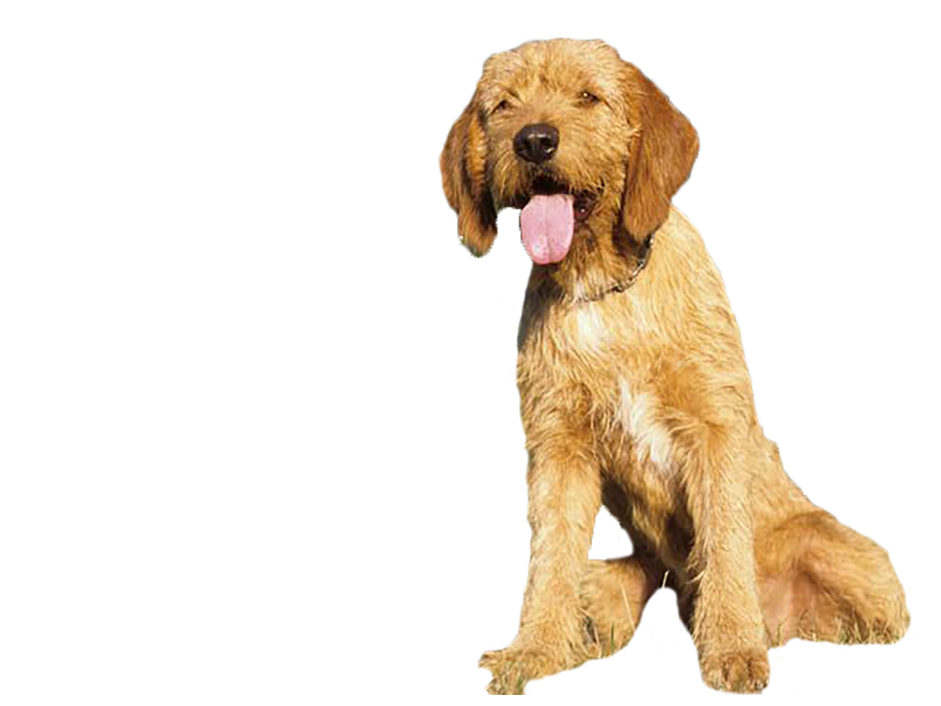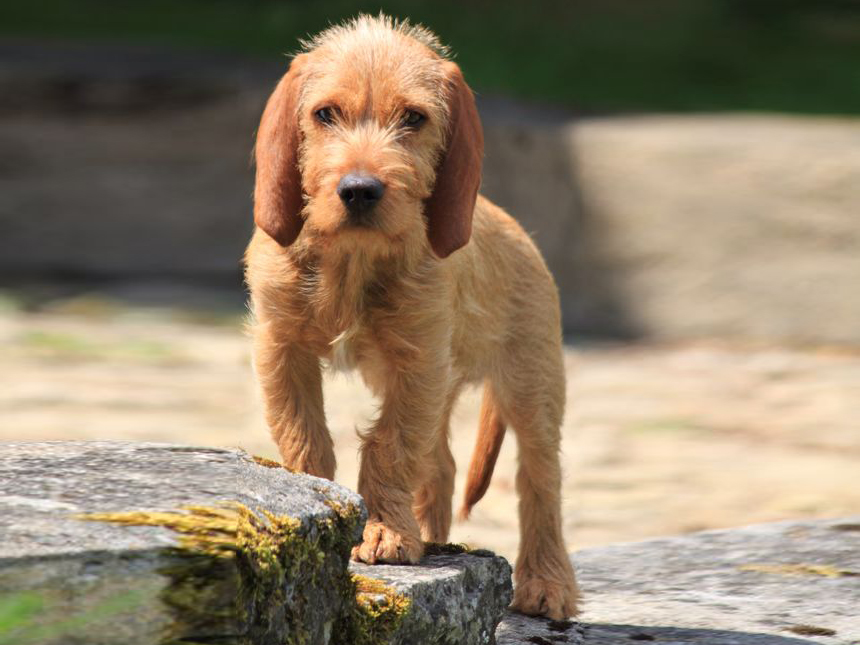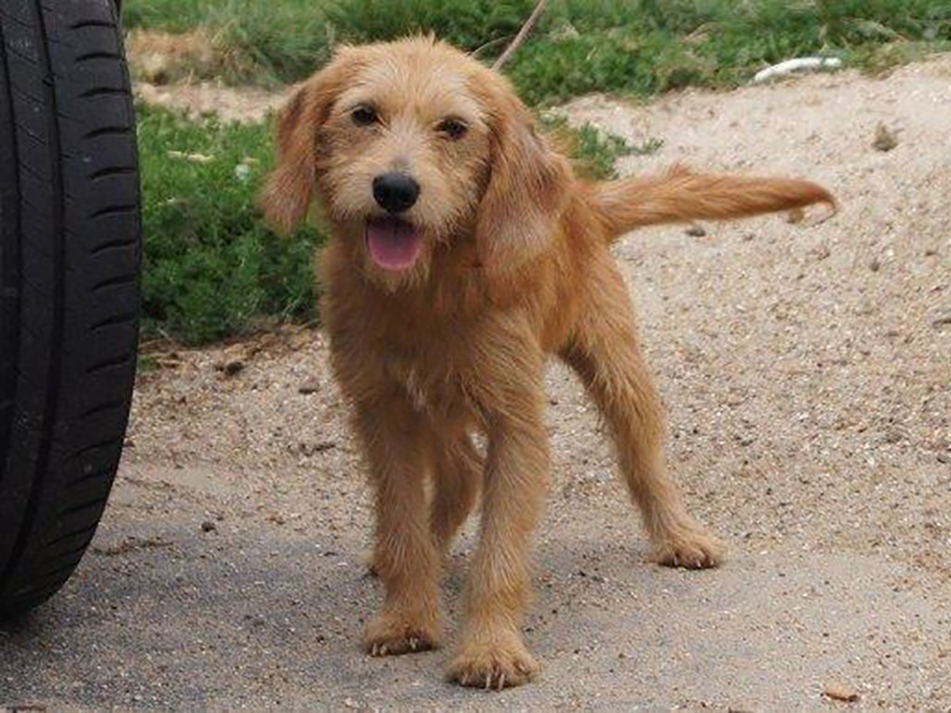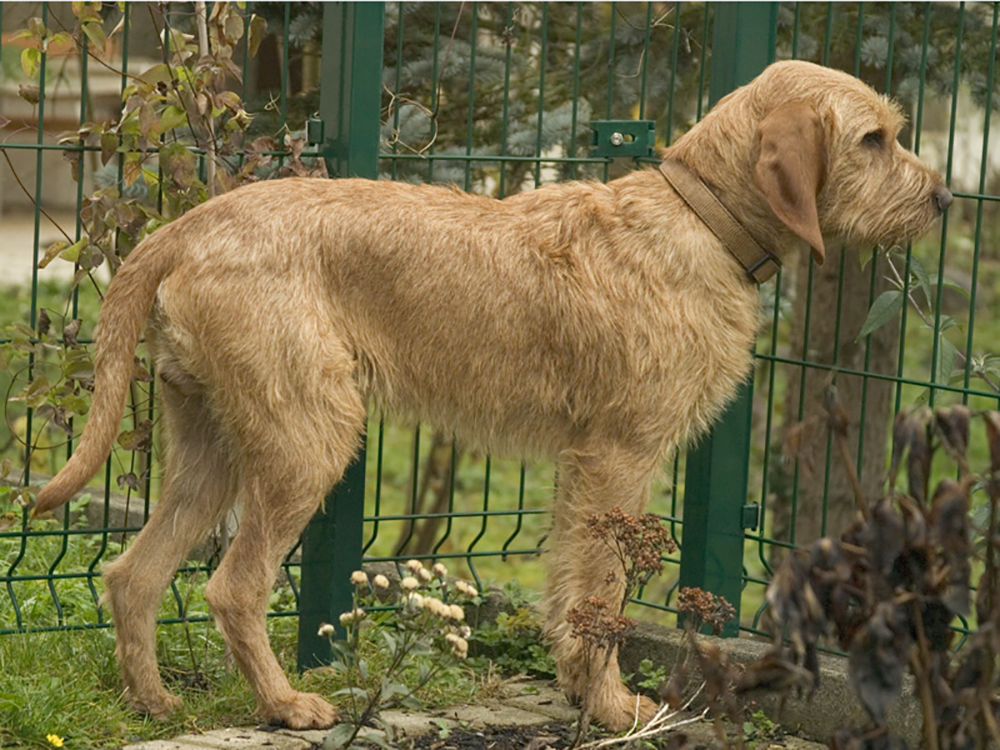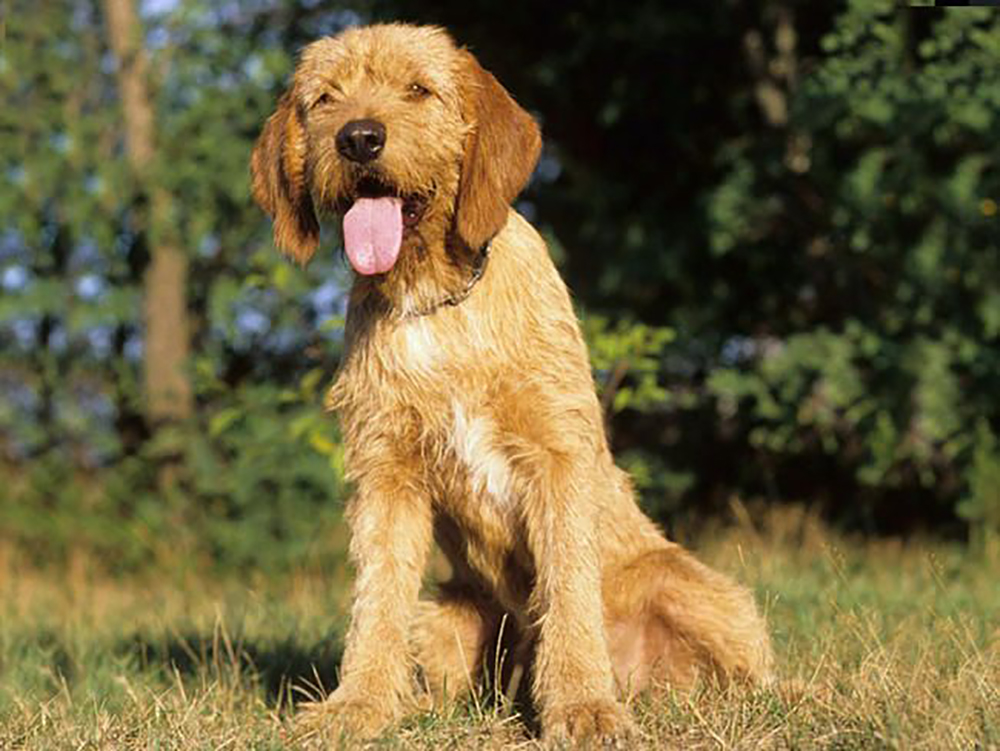
Griffon Fauve de Bretagne Breed Pictures
Vital Breed Stats
| Height: | 48 - 56 cm M | 48 - 56 cm F |
| Weight: | 18 - 23 kg M | 18 - 23 kg F |
| Breed Group: | Toy Dog Group |
| Life Expectancy: | 10 - 13 years |
| KC Registered: | No |
Breed Characteristics
| Size: |  |
| Grooming: |  |
| Exercise Level: |  |
| Trainability: |  |
| Barking Level: |  |
| Good with Children: |  |
| Good with other pets: |  |
| Affectionate: |  |
| Protective: |  |
| Cost to Keep: |  |
Give a thumbs up if you love the Griffon Fauve de Bretagne

0
More About the Breed
History
The Griffon Fauve de Bretagne is one of the three ancient French scenthound breeds. The earliest mention in the literature of a dog that matches his description can be traced back to the 14th century. At some point, the breed was divided into three different breeds: the Grand Fauve de Bretagne, Griffon Fauve de Bretagne, and Basset Fauve de Bretagne.
The breed is believed to be related to the Welsh Foxhound. Meanwhile, some historians presume that the breed is a result of fluke mutations in indigenous French hounds. In another account, it is thought that foreign dogs such as the Spinone Italiano played an important part in the development of the French Griffons.
The Griffon Fauve de Bretagne was bred for hunting various kinds of animals including deer, foxes, hares, and wild boars. However, wolves, which were considered as pests during that time, were the breed’s main hunting targets. They would hunt in packs to track and corner their prey. With their keen sense of smell, they become popular hunting dogs.
In the 1520s, the breed was introduced to the French court by Admiral d'Anneboulde. When King Francois I successfully united France and Britain, he kept a pack of Griffon Fauve de Bretagne for hunting.
The breed’s fame greatly declined after the wolves’ population dwindled in the 19th century. It led to the Griffon Fauve de Bretagne’s near extinction. The largest of the breed, the Grand Fauve de Bretagne, was wiped out.
In the 1940s, a group of breeders had taken measures to revive the breed. In 1949, Marcel Pambrun founded the Club de Fauve de Bretagne and a breeding program was started. The Griffon Fauve de Bretagne’s reputation in France as a great hunting dog slowly grew back in the 1980s. Although the breed is well-known in his homeland, the dog is considered a rare breed outside of France.
Appearance
The general appearance of the breed may appear to be rustic and unkempt. His distinctive coat is shaggy and rough. He also sports a moustache and a beard. The Griffon Fauve de Bretagne coat colour may range from a brick red to a gold wheaten hue. Whilst his fur and brows are bushy, his face isn’t.
The Griffon Fauve de Bretagne has dark-brown eyes, black or dark brown nostrils, and a long muzzle. His droopy ears are in line with the eye and should reach the end of his nose when pulled forward. The Griffon Fauve de Bretagne’s body is muscular and broad with a deep, wide chest. His tail is medium in length that curves at the end.
Grooming
Temperament
Back in the old days, the Griffon Fauve de Bretagne worked with hunters and other dogs. Thus, this has moulded him into a dog with low aggression towards people and other pooches. He is highly sociable and bonds strongly with all of his human companions.
He is good at dealing with children and can keep up with their playfulness. However, keep in mind that he can be unruly due to his energetic nature and may accidentally knock down small children. His friendliness extends to strangers as well which makes him only a decent watchdog. Although he may bark when he spots an intruder, he would most likely try to befriend the intruder than defend his territory.
Intelligence
The Griffon Fauve de Bretagne is comfortable with fellow pooches. He prefers to live with one or more dogs that match his boundless energy. Note that he has a dominating nature which can lead to a fight with other dogs for alpha status. The breed can co-exist with other pets such as cats provided that they are introduced early. Since he has a high prey drive, tight supervision is required when around small animals. Socialisation during puppyhood is a must to ensure that he grows up to be a well-adjusted dog.
When training the Griffon Fauve de Bretagne, patience is the key. He tends to be a slow learner not because he is unintelligent but because he is easily distracted by his surroundings. Make sure that training sessions are kept short and recurrent to retain his focus on the task at hand. Stick with positive reinforcement to keep him motivated. Avoid harsh training methods as the dog is stubborn by nature and will ignore your commands.
Feeding
Health
- Ear infections
- Hip and Elbow dysplasia
- Eye problems
- Allergies
Exercise
Cost of Ownership
Remember to take into account your finances when planning to get a Griffon Fauve de Bretagne. Make sure you are prepared to handle such a big responsibility. Purchasing a Griffon Fauve de Bretagne puppy may cost between £650 and £850. Basic supplies such as a crate, leash, and dog bed are in the £150 to £200 price range. Food costs including treats may reach over £40 a month or £480 a year. Medical care expenses can cost £1,000 annually. Pet insurance fees will cost at least £50 to £120 a month.
Is a Griffon Fauve de Bretagne Right for You?
- The Griffon Fauve de Bretagne is good with children and other dogs.
- He can cohabitate with another pet provided they are introduced during puppyhood.
- A low-shedding dog that requires weekly brushing and ear cleaning
- He gets easily distracted by sights and smells so he requires short and repetitive training sessions.
- He has high-levels of energy and needs one to two hours of exercise daily.
